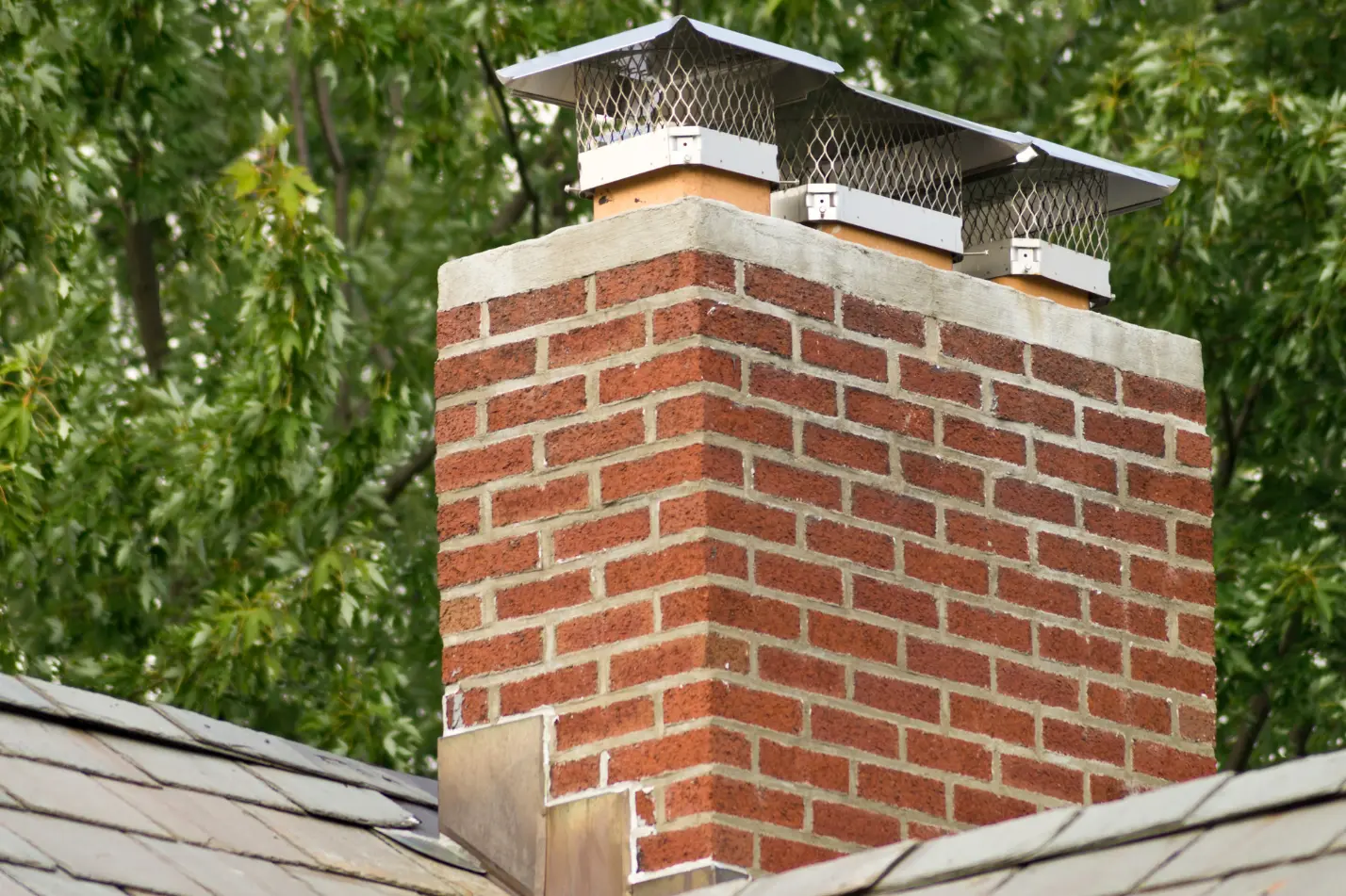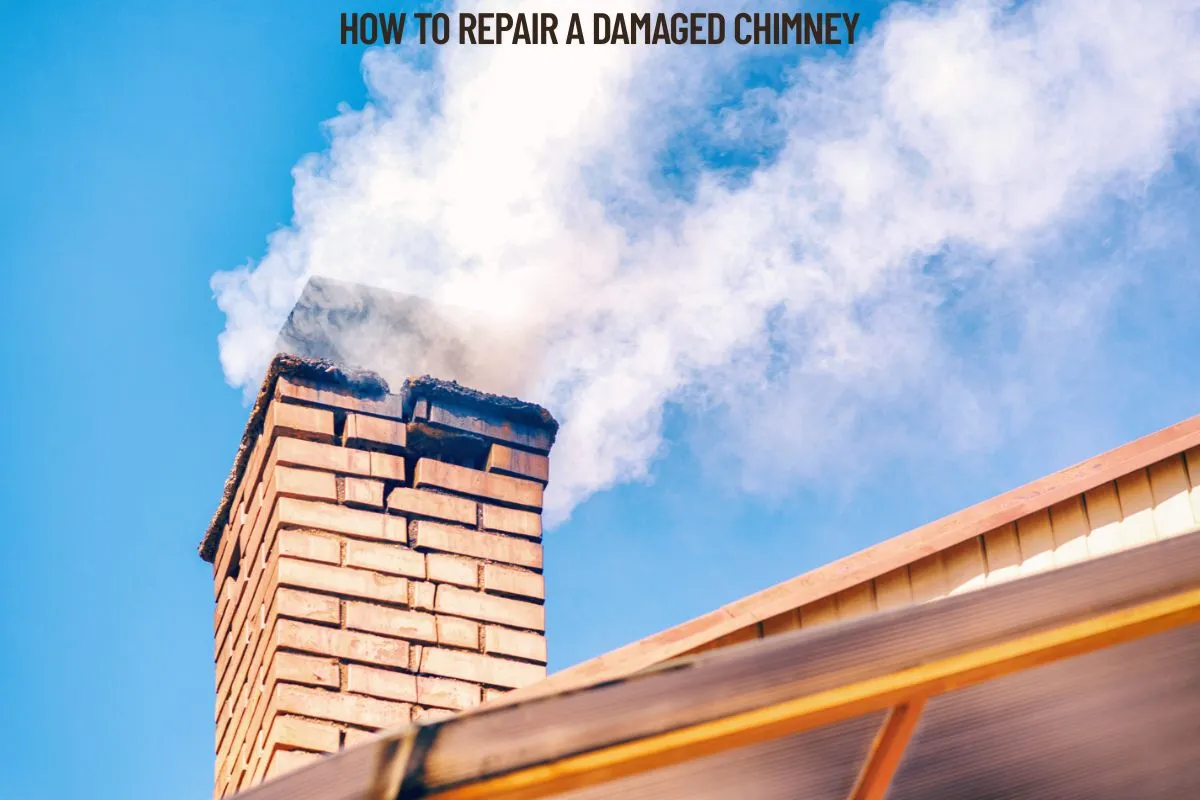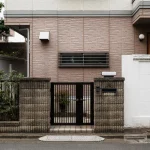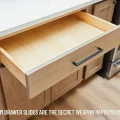Did you know that about 25.000 chimney fires happen every year in North America? These fires cause over $125 million in damage. Fixing a damaged chimney is more than just making it look good. It’s essential for keeping your home safe and your fireplace working well.
Cracks in brickwork and worn-out masonry joints are big problems. If you don’t fix them quickly, they can lead to serious issues. Knowing how to repair your chimney right can stop big problems and save you money later.
Inspecting Your Chimney for Damage
Regularly checking your chimney is key to keeping it safe and in good shape. Spotting damage early can stop bigger problems later. We’ll talk about common damage signs, how to know your chimney’s materials, and why checking the flue, cap, and crown matters.
Spotting Common Signs of Chimney Wear
When you inspect your chimney, look for cracks in the brick, spalling mortar, and rust on the cap. Also, watch for odd smells, too much soot, or white patches, which mean moisture is a problem. Finding these signs early helps fix issues before they get worse.
Identifying Chimney Material and Lining Type
It’s important to know what your chimney is made of and what lining it has. Chimneys can be made of brick, metal, or prefabricated parts. Knowing if your chimney has a clay, metal, or cast-in-place lining helps during the inspection.
Checking the Flue, Cap, and Crown Condition
Checking the flue, cap, and crown is very important. Make sure the flue is clear and the cap is rust-free and securely on. The crown should not have cracks or wear. Regular checks keep these parts in good shape and save you from expensive repairs.
Choosing the Right Repair Method
Choosing the right repair method for your chimney depends on the damage’s extent. The right approach ensures the repairs last and keeps your home safe. Here’s a look at specific techniques for common repair needs.
Repairing Cracked Masonry or Brickwork
Fixing masonry damage starts with checking the cracks. For small cracks, using high-heat mortar works well. It fills the gaps and strengthens the area. But, big damage might need rebuilding parts of the chimney.
This not only fixes the problem but also makes your chimney look better.
Replacing or Relining a Damaged Flue
For badly damaged flues, a flue reline is usually the best choice. A stainless steel liner makes your chimney last longer and work better. Stainless steel liners resist corrosion and can handle high temperatures.
Restoring the Chimney Crown and Cap
The crown and cap of your chimney face the weather all the time. This can cause them to wear down. Restoring the crown involves using materials that keep out moisture.
Also, making sure the cap is tight keeps out debris and animals. This keeps your chimney system working well.
Essential Tools and Materials
Fixing a chimney right needs the right tools and materials. This ensures it lasts long and is safe. Whether it’s small cracks or big problems, having the right tools and materials is key.
-
Tuckpointing Tools: These are vital for fixing brick joints. They fill and pack them tight to keep water out.
-
Chimney Brushes: These are important for cleaning the flue. They remove soot and debris, keeping the chimney clear.
-
Masonry Tools: Trowels and pointing trowels are needed for applying mortar. They help make the brickwork smooth.
-
Safety Equipment: Using fall-arresting harnesses and ladders keeps you safe. This is important when working high up.
Choosing the right repair materials is also key:
-
High-Heat Mortar: This is needed for high temperatures. It prevents new mortar joints from cracking.
-
Sealants: Masonry sealers keep moisture out. They help the brickwork last longer and reduce damage risk.
-
Flashings: Flashings seal the chimney and roof joints. They prevent water leaks.
Using the right tools and materials makes repairs easier and more effective. Quality tools and materials mean your chimney will last longer and be safer.
Avoiding Future Damage
One top way to prevent chimney damage is to use a water repellent treatment. This treatment creates a protective layer on the outside of your chimney. It stops water from getting in and causing damage to the masonry. Make sure to pick a water repellent that lets moisture inside the chimney to evaporate, to avoid more harm.
Another important chimney maintenance tip is to have annual checks by certified pros. They can find early signs of wear and tear, like cracks or bad mortar, and fix them before they get worse. They also check if the flue, cap, and crown are working right, which keeps your chimney strong.
As more homeowners in Calgary invest in upgraded outdoor living spaces to enjoy year-round, fireplaces and chimney features are often integrated into patios, pergolas, or even full outdoor kitchens. If you’re planning an outdoor kitchen in Calgary, proper chimney care will protect your build from weather-related wear and ensure everything runs safely and efficiently.
Dealing with Loose Mortar and Stripped Fasteners

Fixing loose mortar and stripped fasteners is key for effective chimney maintenance. Loose mortar can weaken the chimney, risking safety and efficiency. To fix loose mortar, carefully remove the old mortar with a chisel and hammer. Then, apply fresh, quality mortar for a strong bond between bricks.
Stripped fasteners can make chimney caps and crowns more prone to damage. To repair chimney fasteners, replace them with new, strong fasteners. This keeps the components secure and safe from weather damage. It also makes sure your chimney cap and crown stay strong in harsh weather.
By doing these maintenance steps, you protect your chimney and keep your home safe and cozy. Regular checks and quick fixes stop small problems from getting big. This gives homeowners peace of mind.
Final Thoughts
Fixing a damaged chimney is key to keeping your home safe and warm. This guide has shown you how to check for damage and pick the best repair. First, inspect your chimney for any signs of wear and tear.
In cities like Calgary, where fluctuating temperatures and freeze-thaw cycles can accelerate chimney deterioration, routine maintenance becomes even more important. Masonry can crack faster, and flue liners may face added stress from extreme seasonal shifts. That’s why if you’re considering chimney repair in Calgary, it’s best to hire professionals who understand local weather impacts and follow regional building codes.










